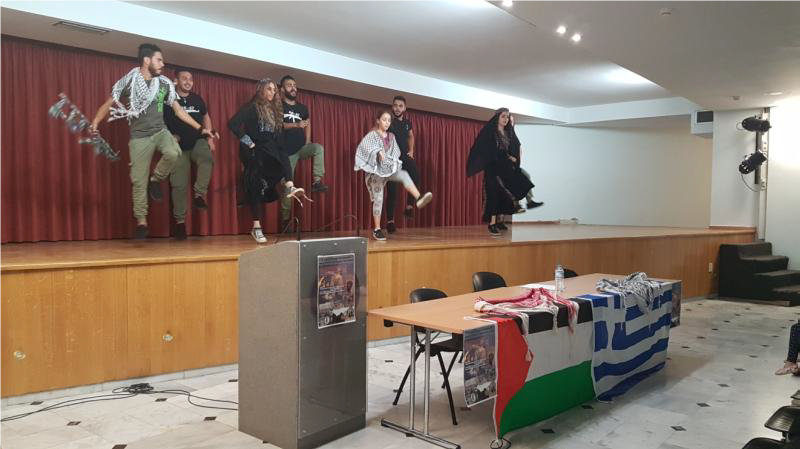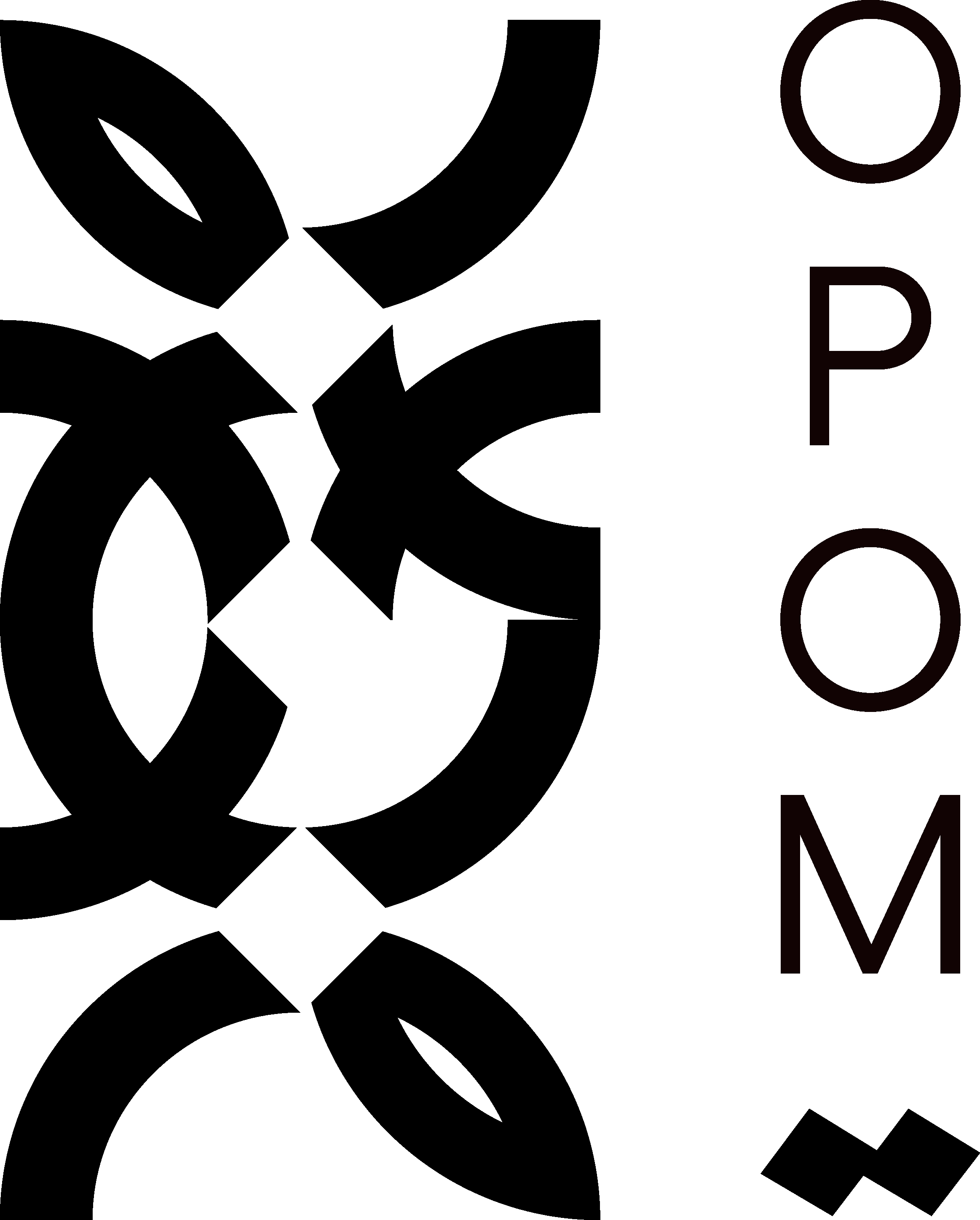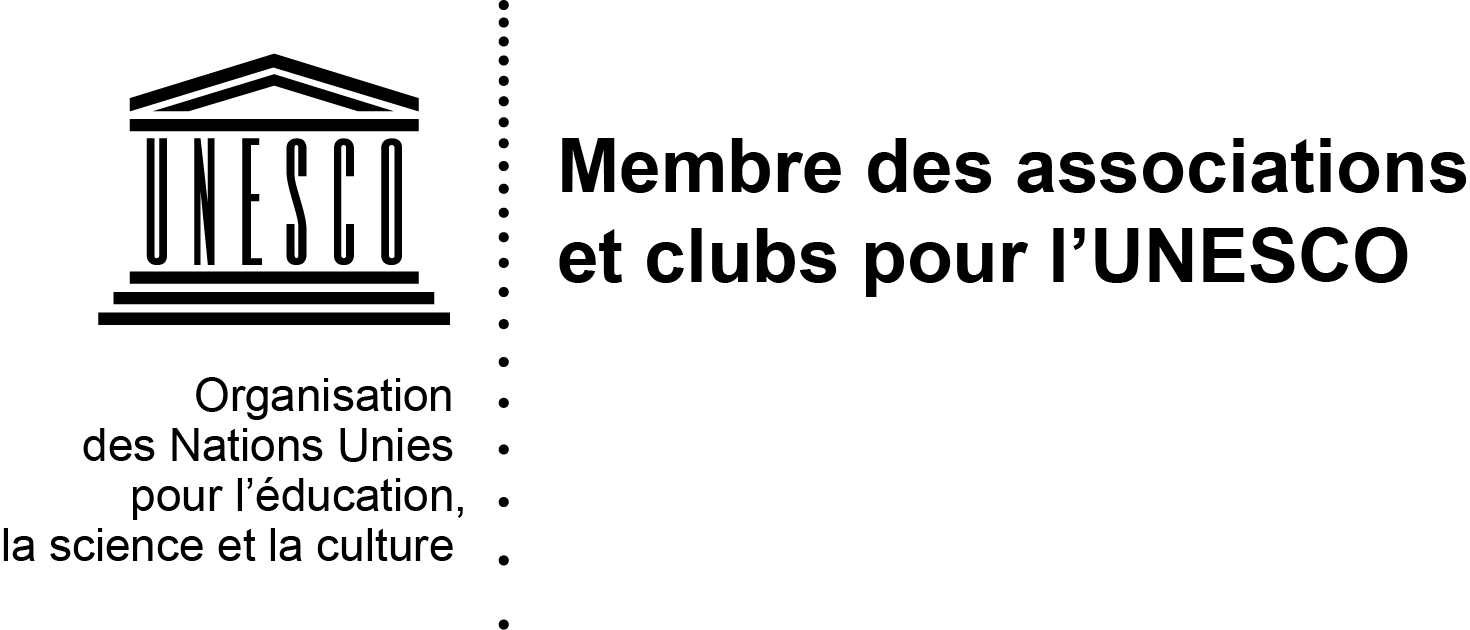26th June 2020 by Shyrine Ziadeh
“It is our folklore, from my culture, my heritage. In the camp in Syria, while I used to dance Dabkeh I was a happy kid… Oh this music! It reminded me of the inner peace I had back then.”
Said Israa a lady in her 20’s, during a break from a dabkeh rehearsal, Athens 2018.
To be able to wake up in the morning, to go to work in a safe and peaceful place, to have a healthy life, to live under a roof, and being able to live in a country that gives you fundamental human rights is a true blessing. However, when you or someone you know is a refugee the case is probably different.
When many people were displaced and seeking shelter, European governments assisted, and refugees were already the case after World War Two: ‘Millions of people found themselves uprooted in the aftermath of the Second World War, with borders redrawn across Europe. Solutions were urgently needed for both, the people displaced and for the governments seeking to restore stability’ (Betts & Coller 2017: 36).
Being a refugee is not a choice, and it is also not a new phenomenon. As Betts and Coller note in the quote above. In reading about contemporary displacement, one questions who a refugee is? According to the United Nations definitions, refugees are people who are forced to flee from home because of war. More specifically, according to the Treaty by the United Nations High Commissioner for Refugees in 1956, a refugee is defined by the United Nations as, ‘any person who is outside their country of nationality and is unable to return due to a well-founded fear of persecution for reasons of race, religion, nationality, membership of a particular social group or political opinion’ (UNHCR 2007: Article1: A2)
In the process of displacement, complications and confusion happen to individuals. Such complications and confusions range from losing shelter and their own space and comfort zone, to owning nothing and losing their loved ones (Taylor, 2009). Moreover, this complication and confusion seem like a process that never ends, therefore, issues of identity can be tricky for refugees, the need to create a past to belong to and the uprooted feelings in the present. Performing intangible cultural heritage such as Dabkeh is a way to maintain the past and a major element in re-establishing and preserve their identity. The refugees, whom I am focusing on in this paper, are Syrians coming from Al-Yarmouk Camp in Damascus, Syria. This camp has Palestinian roots, with the first generation of immigration happened in 1948.

Performing on a stage for Greek/Palestinian event, Athens, Greece (July 2018). Photo Shyrine Ziadeh
Representing the heritage : representing the Dabkeh
In Greece and Norway, 2017-2019, while my research conducted about reconstruction identity of Syrian refugees through intangible heritage, dabkeh was powerfully present in Athens. Questioning the definition of dabkeh to each of its performers/ holders.
‘What does dabkeh mean to you?’ Some of the answers were received as:
- I dance dabkeh to feel happier.
- I dance dabkeh to be connected with home.
- When we dance dabkeh, we feel connected as a group, and we listen to Arabic music that brings us back to our home.
- To represent our culture.
- I am here to be with my friends, and I dance dabkeh because there is nothing to do while I wait for my papers, but I love it more and more for the cause behind it.
From these comments, it could be said that dabkeh enables refugees to feel more connected, it reminds them of home, plus the music that is danced to in dabkeh has powerful words. The music has a deep meaning of home, Israa, one of the dancers at Jafra organisation, said : ‘Oh…this music took me back to Syria’ (Field notes: 2018). As she said this she sat back into her chair and looked upwards, seemed to be travelling back into her memories back in Syria. In his study, Stokes adds that ‘the musical event evokes and organizes collective memories and present experiences of place with intensity, power, and simplicity unmatched by any other social activity’ (1994:3).
Athens for example seems to be similar to home to Syrian refugees; same weather, friendly people, the similarity in food. Refugees staying in Athens feel at home, but at the same time, they have nothing in it that belongs to them, like family and work, which they had, back home. Although they try to create something to connect to their homeland, which is through several activities and especially dabkeh, they dance it everywhere, in coffee shops, in political demonstrations, and on stage.
Dancing dabkeh helps refugees coming from the Middle East (Syrian/Palestinian) to work through and potentially overcome traumas of war all while some are being without their parents. Association like Jafra organisation in Athens for example, gave them a space to feel they belong to somewhere in exile.
Dancers of dabkeh in the Diaspora understood what it means to present heritage through movements. It became clear that dabkeh is very important to its carrier; they spoke about how it makes them stronger, how to have a sense of belonging to a group of the same nationality is important to re-establish the idea of home, to reform their identity, to be able to express and feel free while they wait for paperwork and their legal status to be clarified. And finally to share their heritage with and for new audiences.
To go Further :
- Betts, A. & Collier, P. (2017). Refuge transforming a broken refugee system. London and New York: Allen Lane Penguin.
- Jafra Foundation official website. Available at: https://jafrafoundation.org/our-programs/child-protection/ (Accessed: March 2018).
- Stokes, M. (1994). Ethnicity, identity and music. Oxford: Berg Publishers
- UNHCR. (2007). Global Trends: Refugees, Asylum-seekers, Returnees, Internally Displaced and Stateless Persons. Available at: http://www.unhcr.org. (Accessed: March 2019).
- United Nations Convention on the Rights of the Child. Available at: http://www.unhcr.org. (Accessed May: 2019).
- UNHCR. (2015). A million refugees and migrants flee to Europe in 2015. Available at: http://www.unhcr.org/news/press/2015/12/567918556/million-refugees-migrants-flee-europe-2015.html. (Accessed: 1 June 2018).



1 comment
Your article helped me a lot, is there any more related content? Thanks!
Comments are closed.